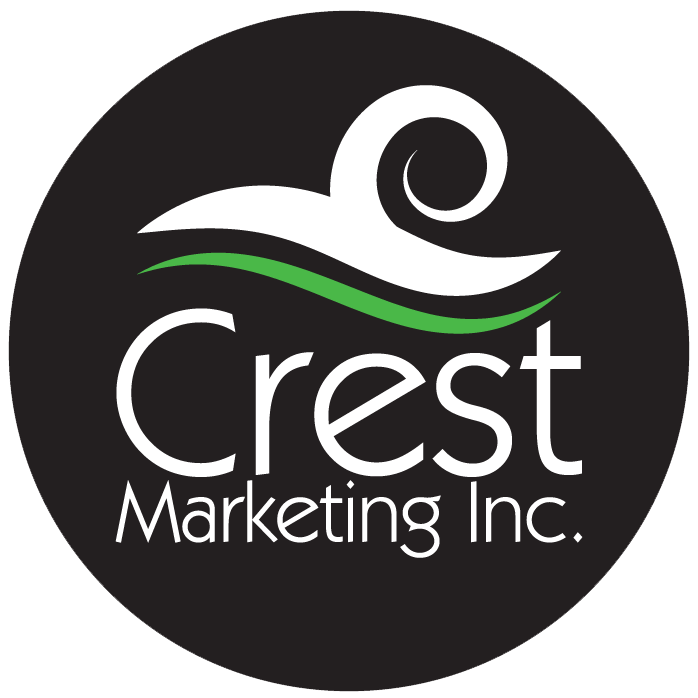
Marketing is a foreign concept to many. An author can write the next bestseller, but it will only become that if readers hear about it. Sadly, the author may know the book is great, the publicist and editors may agree, but the book won’t sell unless it is promoted properly.
Nonprofits are notorious for having difficulty with self-promotion. They’re not in it for the money, their cause or purpose should speak for itself, and so, donors should be knocking on their doors instead of the other way around.
But marketing isn’t just about reaching a greater audience or knocking on doors. It’s not about a one-time sale or donation. Marketing has to do with establishing lasting relationships and keeping the relationship strong. It’s about trust, keeping it fresh, and not letting the attention dwindle.
For those of you who are married, you know what I’m talking about. If the relationship is really worth it, you have to work to keep it alive and interesting. The same happens in business. It is better to grow what you have than it is to start anew with unknown prospects. Right? Consider the following:
Nonprofits are notorious for having difficulty with self-promotion. They’re not in it for the money, their cause or purpose should speak for itself, and so, donors should be knocking on their doors instead of the other way around.
But marketing isn’t just about reaching a greater audience or knocking on doors. It’s not about a one-time sale or donation. Marketing has to do with establishing lasting relationships and keeping the relationship strong. It’s about trust, keeping it fresh, and not letting the attention dwindle.
For those of you who are married, you know what I’m talking about. If the relationship is really worth it, you have to work to keep it alive and interesting. The same happens in business. It is better to grow what you have than it is to start anew with unknown prospects. Right? Consider the following:
- Your communication needs to be timely: Is it for a boost in fundraising? Cause/benefit awareness reminder? A new product/service?
- Who is your audience? What do they care about? Do they have like-minded friends?
- What is your desired outcome? Is your communication pitch geared properly towards that?
- At the risk of not showing appreciation to already existing clients, donors, or volunteers, here are some simple ways for nonprofits (and for-profits) to raise awareness by tapping into relationships they already have: Reach out to your target market. Use marketing materials and tools that will remind them of your purpose. With posters, flyers, booklets, or brochures, let your target audience know about your organization, why raising awareness or funds is necessary, why your audiences’ contributions are invaluable, and more.
- Develop a clear and uncluttered website. Its purpose is to remind visitors of your value in order for them to leave a donation, volunteer, etc. Your website is also essential to display a blog, resources, events, opportunities, a newsletter, and to build a community of supporters.
- Make use of social media. Develop a campaign or strategy. Use Twitter and Facebook to spread the word and always offer links to your site which is set up to take donations, answer questions, and offer a user friendly contact link. Social media is an effective and low cost way to keep engaged an audience that may already be passionate about what you do
- Build a client list. Not only the supporters you already have, but also a list of prospects. Use this list for mailers, newsletters, invites, and even cold calling if appropriate
- Study demographics in your area and do some profiling and expand your list with likewise prospects.
- Let your supporters know what your efforts – and theirs – have achieved. On your website, showcase funds raised, number of people reached, and ultimately how efforts were allocated. If you raised money to build something or paint a mural, or provided free training or assistance to those in need, let your supporters know what they did to help make this happen.
- Send out newsletters that may double as press releases
- Reach out to other organizations to create alliances or power-partners to share efforts and increase reach!
But mostly, communicate clearly why you are reaching out today, what you want them to do, and how; and provide simple ways for them to respond.
Until next time,
Until next time,


Recent Comments